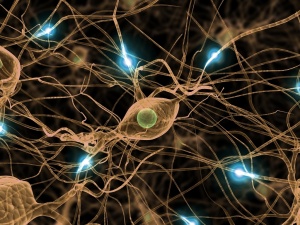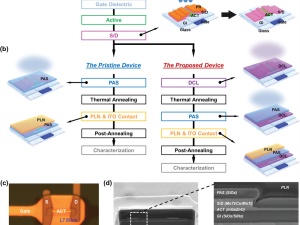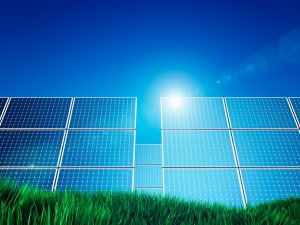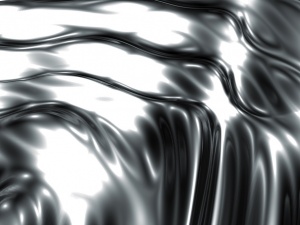High-Quality Femtosecond Laser Surface Micro/Nano-Structuring Assisted by A Thin Frost Layer
Abstract
Femtosecond laser ablation has been demonstrated to be a versatile tool to produce micro/nanoscale features with high precision and accuracy. However, the use of high laser fluence to increase the ablation efficiency usually results in unwanted effects, such as redeposition of debris, formation of recast layer, and heat-affected zone in or around the ablation craters. Here this limitation is circumvented by exploiting a thin frost layer with a thickness of tens of microns, which can be directly formed by the condensation of water vapor from the air onto the exposed surface whose temperature is below the freezing point. When the femtosecond laser beam is focused onto the target surface covered with a thin frost layer, only the local frost layer around the laser-irradiated spot melts into water, helping to boost ablation efficiency, suppress the recast layer, and reduce the heat-affect zone, while the remaining frost layer can prevent ablation debris from adhering to the target surface. By this frost-assisted strategy, high-quality surface micro/nano-structures are successfully achieved on both plane and curved surfaces at high laser fluences, and the mechanism behind the formation of high-spatial-frequency (HSF) laser-induced periodic surface structures (LIPSSs) on silicon is discussed.






